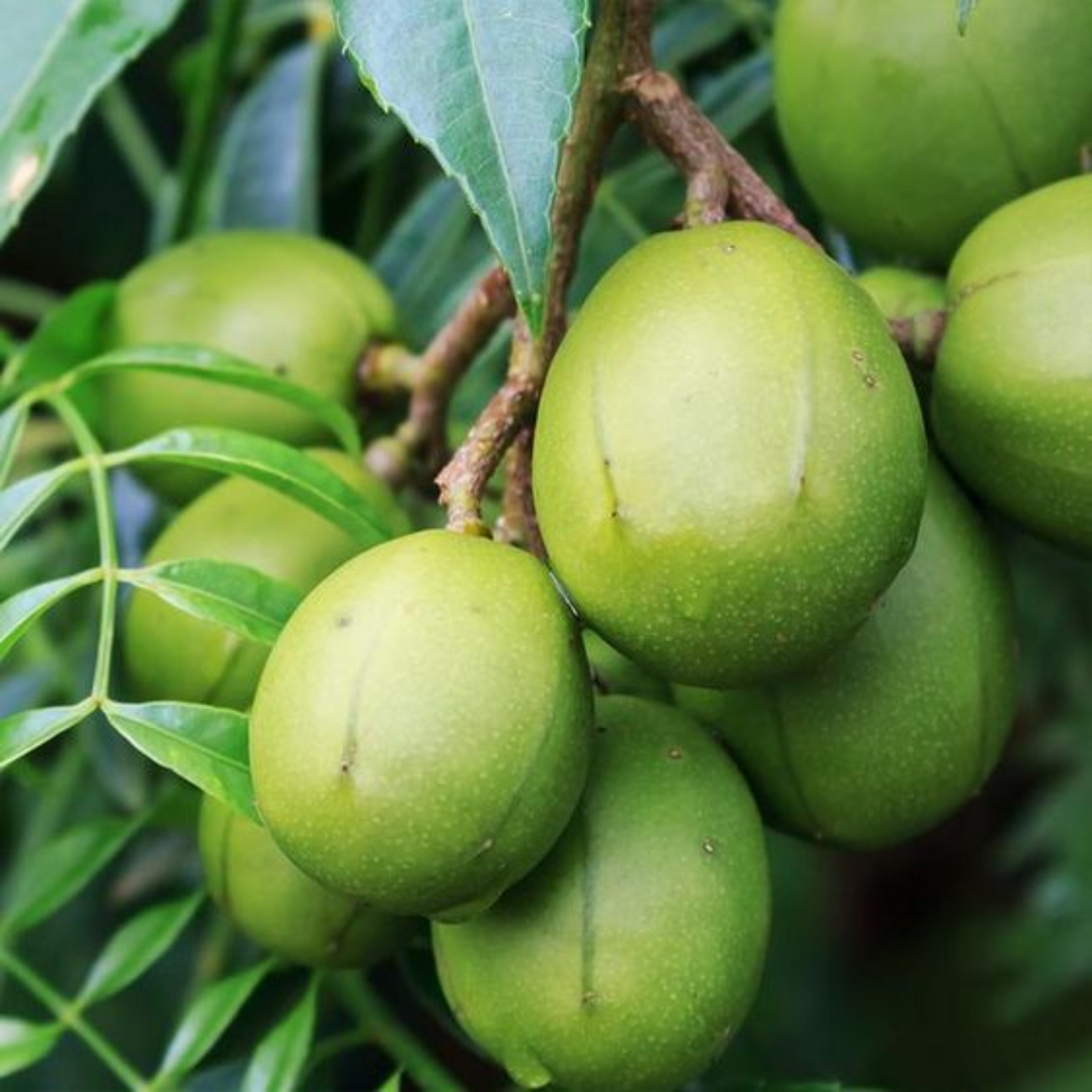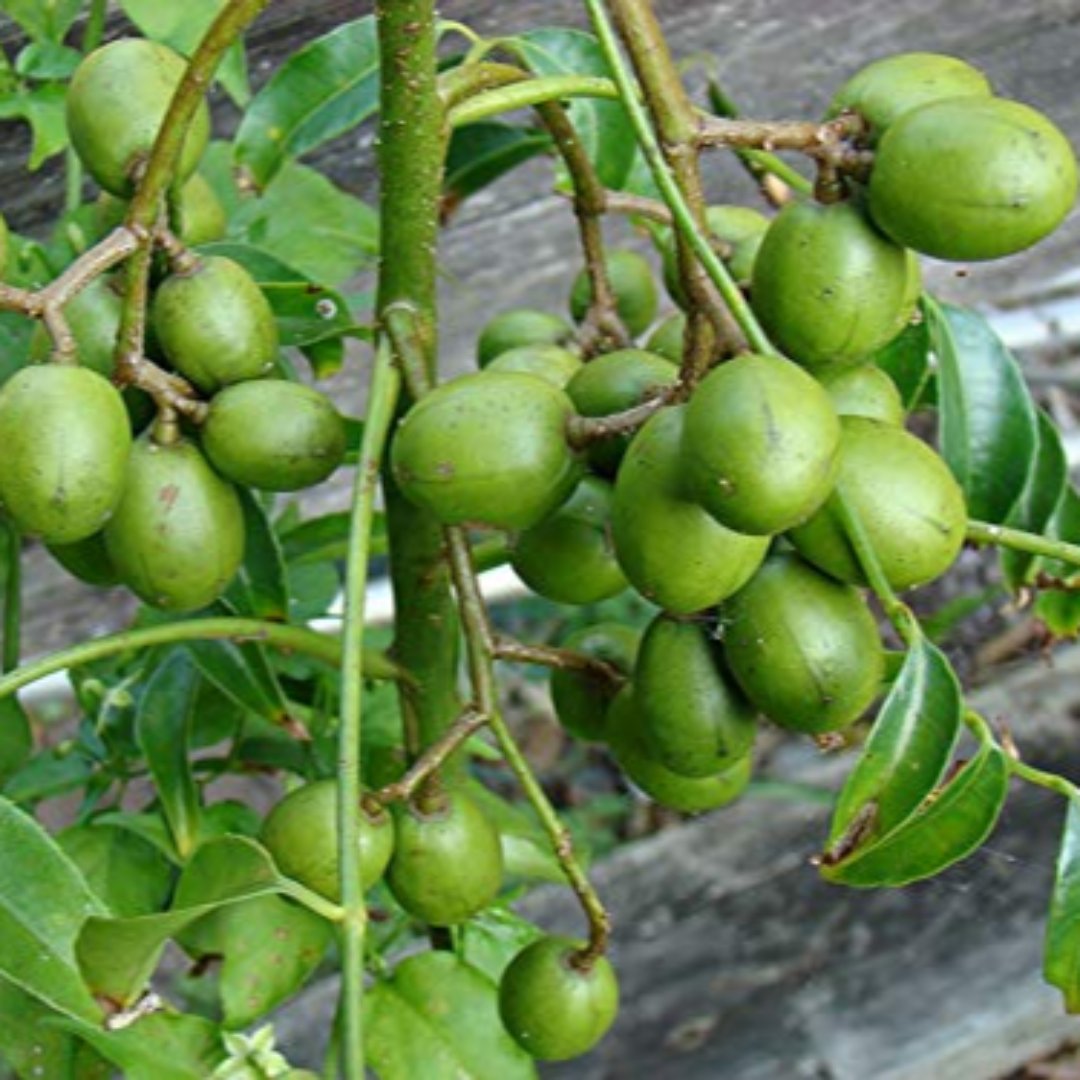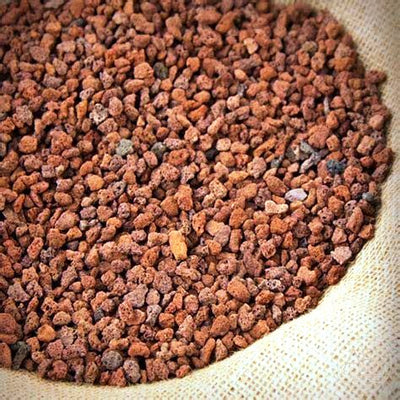


Exploring the Enigmatic Elegance of the
Green Paradise June Plum Plant
The world of flora never ceases to amaze us with its diversity and beauty, and among its many captivating inhabitants, the June Plum plant stands out as an enigmatic gem. Known by its scientific name Spondias dulcis, this tropical delight offers not only a delectable bounty but also a rich history and a range of versatile uses.
Unveiling the Botanical Marvel:
- The June Plum, despite its name, is not actually a plum.
- It belongs to the family Anacardiaceae, the same family as mangoes and cashews.
- Originating from the Americas, particularly Mexico and the Caribbean, this small-to-medium-sized tree has found its way into the hearts and gardens of plant enthusiasts worldwide.
- Its graceful foliage, consisting of long, pinnate leaves, adds an elegant touch to any landscape.
A Palate of Flavors:
- The highlight of the June Plum plant lies in its fruit.
- The fruit, roughly the size of a plum, is oval or ovoid in shape and possesses a thin, edible skin.
- What truly sets it apart is its taste. Its flavor profile is a harmonious blend of sweet and tangy, often compared to a combination of mango and pineapple with a hint of citrus.
- This unique medley makes the June Plum a sought-after ingredient for a variety of culinary creations, from jams and sauces to beverages and chutneys.
Cultural and Culinary Significance:
- In its native regions, the June Plum holds cultural and culinary significance.
- It has been a cherished ingredient in traditional dishes and beverages for generations.
- The fruit is not only relished for its distinctive taste but also valued for its nutritional content.
- Packed with vitamins, minerals, and dietary fiber, the June Plum adds both flavor and nourishment to local diets.
Versatility and Beyond:
- The allure of the June Plum plant extends beyond its fruits. Its wood, valued for its durability, is often used for crafting furniture and tools.
- In some cultures, the bark and leaves are utilized for their potential medicinal properties, ranging from treating skin ailments to digestive issues.
- Additionally, the tree's canopy provides welcome shade in tropical landscapes, making it a favored choice for gardens and parks.
Cultivation and Care:
- For those intrigued by the idea of cultivating a June Plum plant, there are a few essential guidelines to consider.
- This tree thrives in tropical and subtropical climates, preferring well-draining soil and plenty of sunlight.
- While relatively low-maintenance, regular pruning is recommended to ensure proper growth and shape.
- Patience is key when waiting for the tree to bear fruit, which typically takes a few years.
Preserving Biodiversity:
- As we continue to recognize the value of biodiversity, the June Plum plant emerges as a prime example of the natural treasures our planet holds.
- By embracing and cultivating such unique species, we contribute to the preservation of not only a species but also a rich cultural and ecological heritage.
Cultivating Abundance: A Guide to Growing June Plum
Plants
The allure of cultivating one's own garden is a timeless pursuit that connects us to the rhythms of nature. For those seeking to embark on a journey of green-thumb prowess, the June Plum plant presents a delightful and rewarding option. Also known as Spondias dulcis, the June Plum is a tropical fruit-bearing tree that promises not only delicious harvests but also an aesthetic enhancement to your outdoor space. In this guide, we will take you through the essential steps to successfully grow a thriving June Plum plant.
Selecting the Ideal Location
- The first step on the path to a flourishing June Plum plant is to select the perfect spot in your garden.
- These trees thrive in full sunlight, so choose an area that receives at least 6-8 hours of direct sunlight daily.
- Adequate sunlight ensures robust growth and a bountiful harvest of juicy plums.
Soil Preparation
- June Plum plants aren't overly fussy about soil type, but they do prefer well-draining soil with a slightly acidic to neutral pH level.
- Before planting, add organic matter to the soil, such as compost or well-rotted manure.
- This improves soil structure, promotes healthy root development, and aids in moisture retention.
Planting Process
- When planting a June Plum tree, ensure that the hole is at least twice as wide as the root ball.
- Gently remove the tree from its container, loosen the roots, and place it in the hole at the same level as it was in the container.
- Backfill the hole with soil, firm it gently, and water the tree thoroughly to settle the soil around the roots.
Watering Regimen
- Young June Plum plants require consistent moisture to establish strong roots.
- Regularly water the plant, especially during dry spells.
- Once the plant is established, you can reduce the frequency of watering, allowing the soil to dry slightly between waterings.
- Avoid waterlogging, as this can lead to root rot.
Pruning and Training
- Pruning is crucial for shaping the June Plum plant and encouraging optimal fruit production.
- Begin pruning in the early stages to shape the tree's structure and remove any dead or diseased branches.
- As the plant matures, continue to prune to maintain an open canopy, which allows sunlight to penetrate and air to circulate freely.
Fertilization
- Applying a balanced, slow-release fertilizer in the spring and again in the summer will provide the necessary nutrients for healthy growth and fruit development.
- Be cautious not to over-fertilize, as excessive nitrogen can result in lush foliage but minimal fruiting.
Pest and Disease Management
- Keep a watchful eye for common pests like aphids, scale insects, and fruit flies.
- Regularly inspect the leaves and fruit for signs of infestations.
- Utilize organic or chemical remedies as needed.
- Additionally, practicing good garden hygiene by cleaning up fallen leaves and fruit can help prevent disease.
Patience and Reward
- Growing a June Plum plant requires patience, as it typically takes a few years for the tree to mature and begin bearing fruit.
- However, the wait is undoubtedly worth it.
- Once the tree starts producing plums, you'll be treated to a delectable harvest that can be enjoyed fresh, turned into jams, or incorporated into various culinary creations.
- In conclusion, the June Plum plant offers a captivating journey through botany, culture, and culinary arts.
- Its enticing fruit, graceful appearance, and multipurpose nature make it a truly remarkable addition to the world of plants.
- Whether gracing our gardens, tantalizing our taste buds, or weaving into our traditions, the June Plum stands as a testament to the beauty and bounty of the natural world.


















